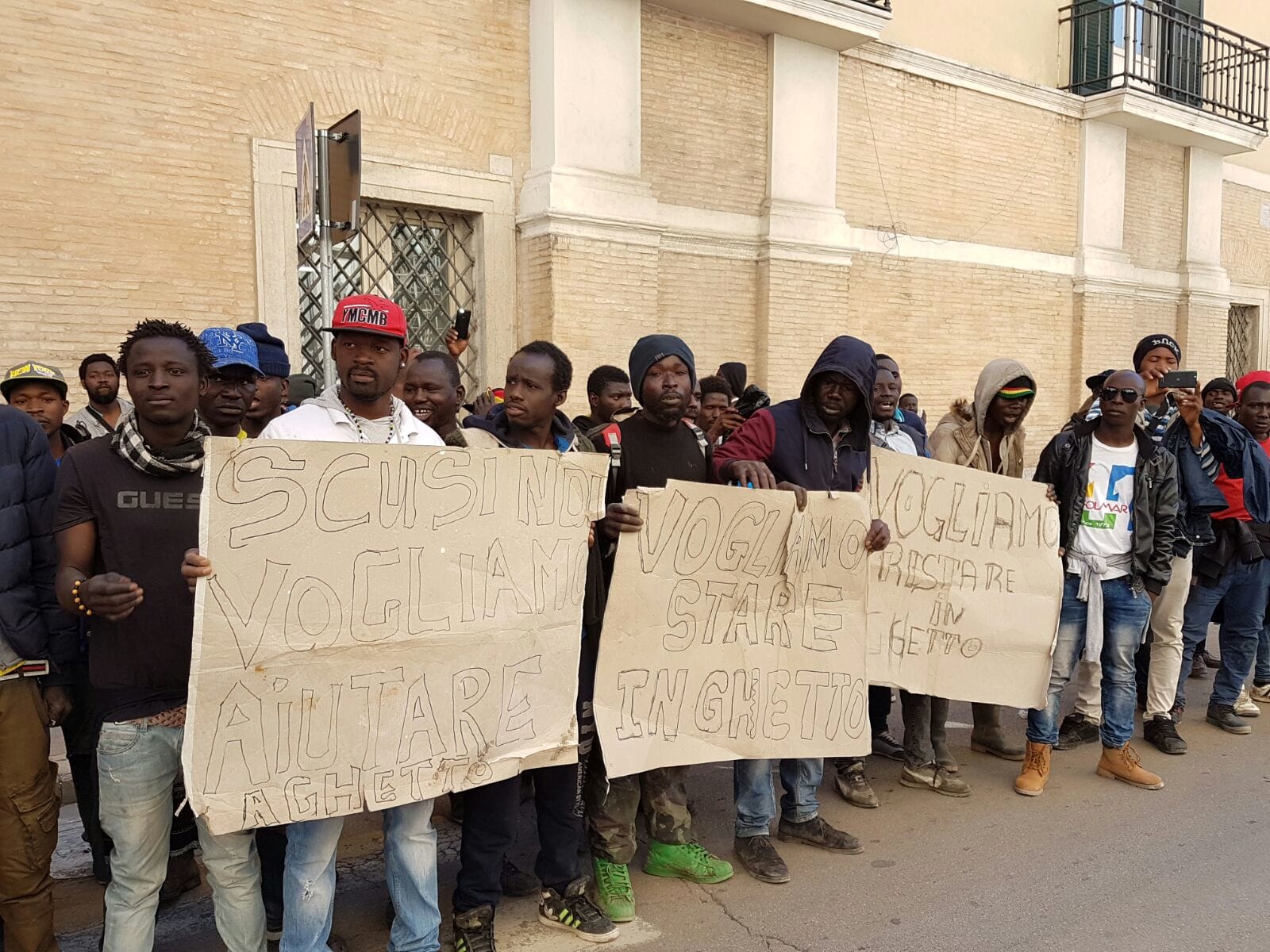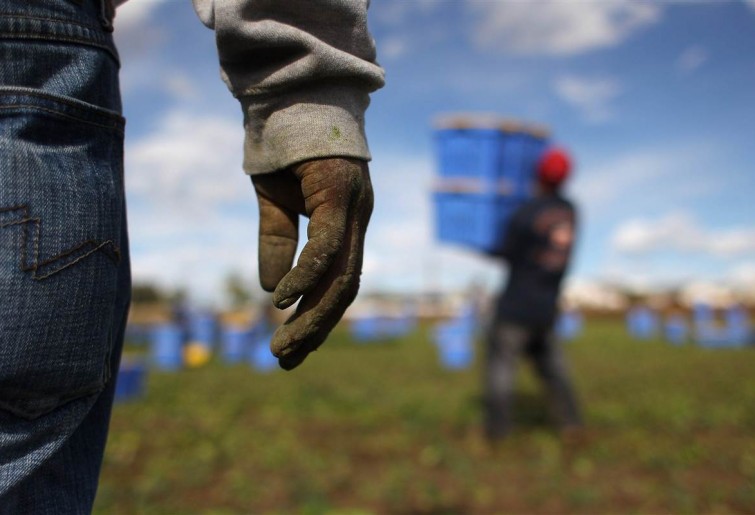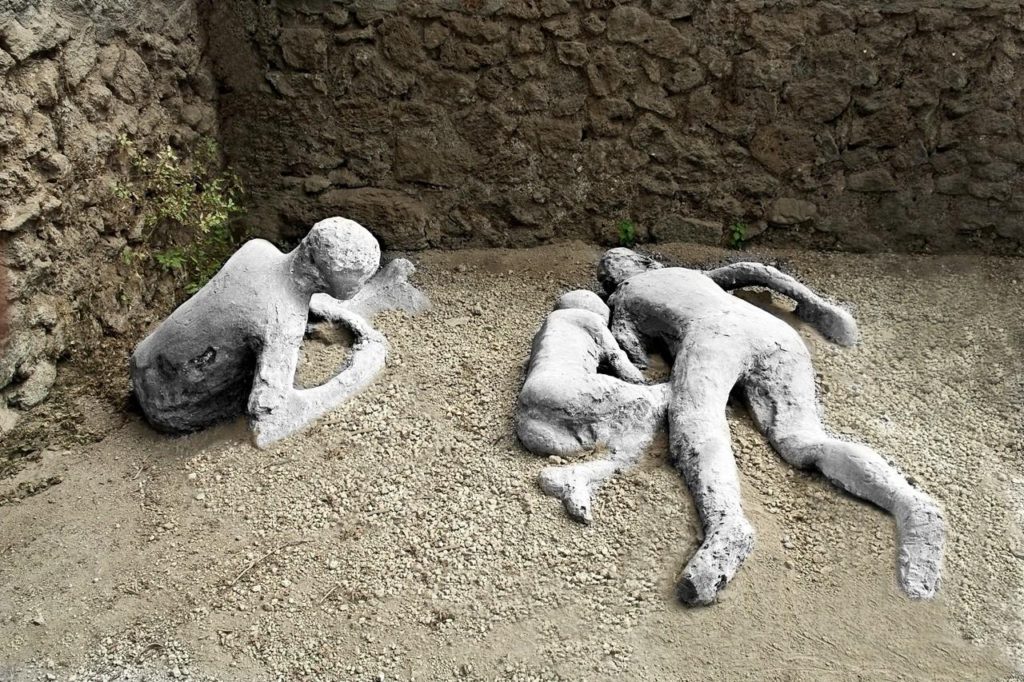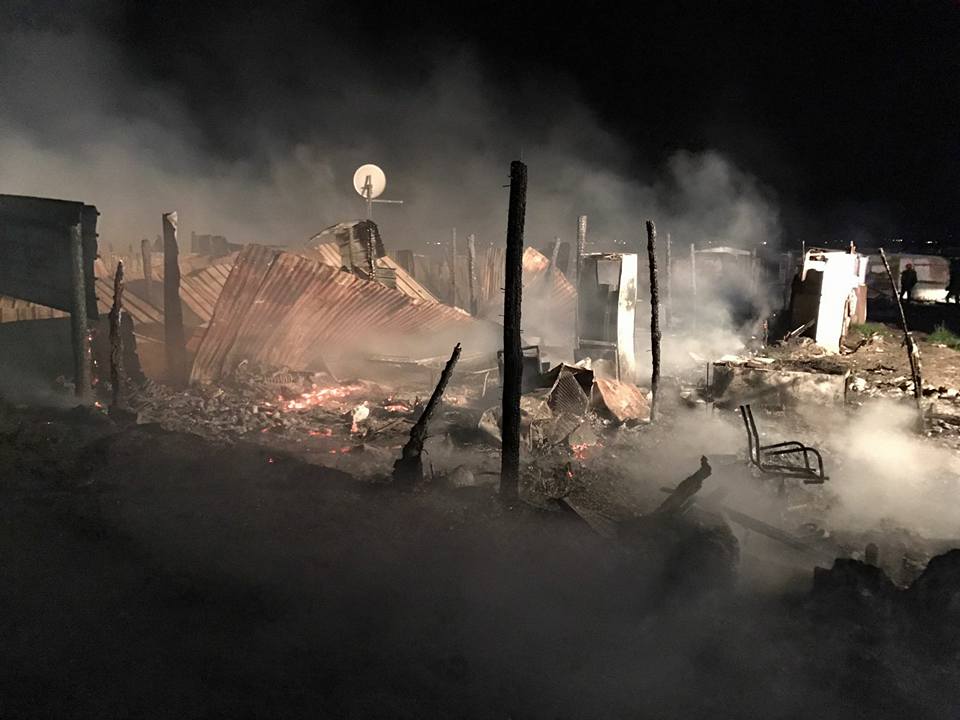Please allow me to post somewhat lately this reply to my joint piece with Christoph Vogel about the transformative effects of conflict minerals regulation in the Democratic Republic of Congo (DRC). I rediscovered the piece just as the bodies of two UN experts have been found in Kasai, along with their driver and translator. Human Rights Watch expert Anneke Van Woudenberg described this unprecedented attack as “devastating news” and “a blow to the crucial work on … sanctions violations” (on twitter). Although the two reports are unrelated, the New York Times reported on the day of their disappearance the arrest of seven Congolese Army officers who were charged with war crimes, after a video surfaced last month that appeared to show uniformed soldiers opening fire on a group of civilians in a massacre that left at least 13 people dead, including women, and possibly children. Apparently the UN experts were investigating mass graves in the same area… These terrible news show how, rather than expressing a “the privilege of an academic viewpoint“, investigations such as these into the messiness of current ‘post-war’ tensions -including around resource access- continue not only to be necessary, but are often paid dear by those who, like those UN experts, have the courage to denounce abuse.
Monthly Archives: March 2017
Oro Rosso, Sangue Nero
Invitation to the the first episode of a series of sessions on the Black Mediterranean – a topic amply discussed on these pages.
location: the MET – Bologna,
time: March 25, at 16.30-23.00,
During the meeting we will discuss the working conditions of Black African labourers in South Italy’s tomato fields (particularly Puglia and Basilicata). The workshop will revolve around several tables, each of which will produce a different map of this agricultural frontier.
Foggia: new evictions underway
Little over two weeks after the eviction of the Ghetto of Rignano the situation in the province of Foggia continues to worsen. Still hundreds of people continue to live in the vicinity of the ghetto, huddled in caravans, cars and abandoned houses. While Minister Marco Minniti continues to associate these informal settlements with “illegal migration” (an observation that has repeatedly been proven false: in fact agricultural workers are for the most part regular immigrants), the police and judiciary of Foggia province firm their grip around the urban areas as well. Yesterday, local sources say, around 30 people have been identified and prosecuted for illegal occupation at a site in the periphery of Foggia, located in a former milk factory. The site has been evoked more than once as an example of resistance against the caporalato system, because workers located at la Casa Bianca -as they have renominated the former factory- refuse to work with illegal intermediaries. And, together with Pro Fuga -a local association from which they have drawn some support- they have denounced numerous times the detrimental effects of forced evictions on migrant labourers. The Foggia prosecution signals a clear change of course in addressing the phenomenon of migrant labour in Southern Italy: from 20 years of neglect, institutions appear to move towards a gradual dismantling of all remaining labour settlements -including those situated in urban areas.
Agromafia: the report
Just while Italy’s Interior Minister Marco Minniti was announcing the eradication of all remaining informal labour settlements today, the study bureau Eurispes finished its fifth Report #Agromafie2017, on the linkages between organised crime and the agri-food system in the country. Their conclusions, which they presented together with the agricultural employers union Coldiretti in Rome today: agro-mafias continue to grow, with an increased turnover of 30% last year alone, reaching about 22 billion euros.
The criminalised food chain includes Chinese mafia involvement in rice imports -which reached unseen levels in 2016- to local Italian organised crime groups such as the Piromalli clan, who control the Calabrian meat market, to the olive oil sales of the Sicilian mafia boss Matteo Messina Denaro, and the typical buffalo mozzarella owned by the Napels-based Casalesi clan.
But as previous Agromafie reports indicated, food mafias by far outreach traditional organized crime sectors. They rather serve to oil the links between a thriving agricultural production, and global consumers. Just recently, the British newspaper The Observer told the story of Nicoleta Bolos, a Romanian farm workster who, in the countryside of Ragusa, was forced to have sexual relations with the owner of the greenhouse where she worked for a pittance. Raped, beaten and exploited. That this is not an isolated case confirms Bruno Giordano, magistrate at the Supreme Court of nearby Vittoria on the pages of Left magazine. Police say they believe that up to 7,500 women, the majority of whom Romanian, are living in slavery on farms across the region.
A group of writers and activists (Leonardo Palmisano, Marco Omizzolo, Giulio Cavalli and Stefano Catone) now has launched the idea of a national march against the caporalato mafia in mid-April (the exact date is to be decided) in the Capitanata -where two Malian farm workers recently died when their shacks burnt in what appears to be a lit fire. The initiators ask for a revision of legislation that was recently passed on illegal hiring, but which does not protect the workers enough in their view. The text reads (in Italian):
“The caporale is the last link in a chain that joins different interests in the name of cost reduction: from major retailers who set the price, through brokers and manufacturers seeking to maximize their profit. In the mix often enters the mafia also, who control much of the supply chain, from farmers markets, major hubs, the sorting and transportation of fruit and vegetables grown in Italy or imported from abroad. Sometimes with the complicity of local politics. Hence the urgency of an initiative that turning on the spotlight highlighting strongly some issues to be addressed urgently, and the idea of a National March.”
ghetto deaths: new accusations
Days after the mass eviction of the Grand Ghetto of Rignano, new accusations arise as to who is responsible for the deaths of two of its inhabitants. On 2 March, Mamadou Konate (33) and Nouhou Doumbia (36) died in a fire that destroyed their barracks and left their bodies carbonised. In a press stamement, released after a protest manifestation in Foggia held on 8 March, the Unione Sindacati di Basi (USB) writes: “These are the tragic conclusions of years of absent political solutions and migrant witch hunts.” They assign particular responsibility to the chief attorney of Foggia, who decided to proceed with the eviction without involving the workers who live there, an act they describe as “institutional arrogance”. In the meantime, the activist movement Campagne in Lotta cites eyewitness who claim -so far without material evidence- that the fire has been ignited by the police, with the aim to intimidate those present to leave this “parallel city”, as superintendent Antonio Piernicola Silvis called the ghetto.
In a recent reaction to the closure of Rignano, the new Minister of Internal Affairs, Marco Minniti claims the eviction is just the beginning, and that the plan is to eradicate all remaining informal labour settlements across the country.
ghetto deaths: who is responsible?
More questions arise around the fire that destroyed the ghetto of Rignano last Thursday, only hours after police had moved in to forcefully evict its residents. As I wrote yesterday, the fire claimed the lives of two Malian citizens, Mamadou Konate (33) and Nouhou Doumbia (36), whose bodies were found carbonised in one of the destroyed barracks. Mamadou and Nouhou were among more or less hundred residents who refused to leave their homes in the aftermath of the eviction. For fear to loose their belongings, and to be turned away from their bosses (the caporali who practically run the labour rackets around here), they decided to stay put, paying with their lives.
During a protest march organised on Thursday, immigrants had already denounced the lack of available accommodation, which, for the 3-400 remaining day labourers, risked to close their opportunity to work for good. Regional authorities mention 320 beds in two facilities: Arena and Casa Sankara. Both are closely supervised by the police now, officially for fear of retaliations from the part of the capi neri -or African caporali. In a statement to the national press, regional governor Michele Emiliano ensured that soon, his administration would prepare “ways in which any worker who comes to Puglia will find accommodation with the help of different organizations, including agricultural enterprises and the state, to ensure that employment in agriculture is not in hands of the capi neri who control this field in criminal fashion (mafiosamente), but it is in the hands of institutions, enterprises and the Puglia Region.”
But while state authorities are joining efforts to blame the deaths of Mamadou and Nouhou on their fellow nationals, questions arise as to the coordination of police forces in the ghetto area. After a delegation of immigrant workers had tried to convince the attorney of Foggia in vain to leave the ghetto open for the next agricultural season, some immigrants decided to return to Rignano. The question now rises how the fire could spread through the night under the full presence of carabinieri, police and fire brigades. The next day, when Mamadou’s and Nouhou’s bodies were discovered, Foggia’s attorney (prefettura) was quick to deny any malicious intent. But on Saturday, superintendent Antonio Piernicola Silvis publicly raised the suspicion that the fire had been ignited deliberately. Commenting a video spread by Corriere della sera, where several immigrants appear to laugh at the event, he commented: “in the area 7-8 well-known subjects were involved, who were stirring up the others to leave. Probably they did not want to kill anyone but … you know, in these situations, fortune takes a hand.” The video effectively shows a few burning barracks, but those who are laughing rather do so with a grim: one person cynically says, in Wolof: “look at the destruction… because of one man, a thousand people will loose everything, where will they all sleep now?”
In the meantime, another video -which was not made publicly available- shot by the national Air Force during the eviction could possibly eliminate some doubts. According to one source, it clearly shows how Thursday’s fire spread simultaneously from several points within the ghetto. The superintendent has now opened an investigation into manslaughter.
After the ghetto: confusion reigns
The Grand Ghetto is no more… On Thursday night, a fire destroyed the remains of Italy’s biggest informal labour slums, only hours after police had moved in to forcefully evict its 3-400 residents. The Grand Ghetto, between Foggia and San Severo (Puglia), is located in one of Italy’s prime agro-food basins, the Capitanata, which produces about one third of the country’s industrial tomatoes (the famous pellati). Since the mid-1990s it has grown into a permanent settlement, hosting between 300 and 3.000, mostly West African workers.
Recently, the ghetto had become a thorn in the eye of Puglia’s regional governor Michele Emiliano, who is running as president of the social democratic party. After several failed attempts to dislodge its inhabitants in the last half decade, his administration has worked hard to find alternative living and working conditions in the area with the assistance of several community organisations. One of these is called Casa Sankara, an association directed by two former day labourers Herve Papa Latyr Faye and Mbaye Ndiaye, from Senegal, who currently manage the Fortore enterprise on the SS16 from Foggia to San Severo, and currently hosts about a 100 immigrants. But while police were putting ghetto residents on buses to transport them to Casa Sankara and other locations (including, for some, police headquarters) on Wednesday, about a hundred workers are believed to be dispersed in the area, sleeping rough and occupying abandoned buildings. This number will likely increase at the start of the tomato season late March, when about 30.000 agricultural workers join the area to work as day contractors -usually without legal pay and under the close supervision of criminal intermediaries (so-called caporali).
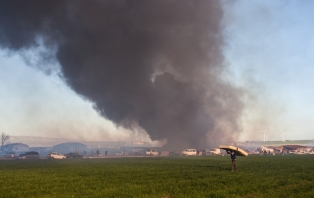 Several questions are raised now as to the efficacy of the anti-ghetto operation. First, the rapidity of the intervention has, unwillingly, caused a number of victims. While fire workers worked hard to quench the flames on Thursday, unfortunately help came too late for two Malian citizens, Mamadou Konate (33) and Nouhou Doumbia (36), whose bodies were found carbonised in one of the destroyed barracks. Apparently one of them, Nouhou, was deaf, and could not hear the blazing fire approaching his shack. The other victim, Mamadou, was an active member of a local association which had denounced labour exploitation on several occasions. Ghetto residents publicly ask themselves how this tragedy could happen under the eye of state security forces, who were massively present during the eviction.
Several questions are raised now as to the efficacy of the anti-ghetto operation. First, the rapidity of the intervention has, unwillingly, caused a number of victims. While fire workers worked hard to quench the flames on Thursday, unfortunately help came too late for two Malian citizens, Mamadou Konate (33) and Nouhou Doumbia (36), whose bodies were found carbonised in one of the destroyed barracks. Apparently one of them, Nouhou, was deaf, and could not hear the blazing fire approaching his shack. The other victim, Mamadou, was an active member of a local association which had denounced labour exploitation on several occasions. Ghetto residents publicly ask themselves how this tragedy could happen under the eye of state security forces, who were massively present during the eviction.
Secondly, people are asking what will become of the shop owners, cooks, prostitutes, and other residents who have been dislodged by the operation. During a protest march organised on Wednesday -closely monitored by some African caporali, according to witnesses- about a hundred ghettisards showed billboards saying ‘we want to live in the ghetto’. Clearly, the prospect of being hosted in one of the region’s reception centres looks largely unattractive to the majority of former ghetto residents who come to Puglia to work. At the same time, the protest also shows to what extent foreign workers, who often depend closely on intermediaries for their residence status, are systematically marginalised and segregated.
Finally, questions arise around the judicial investigation by the regional anti-mafia authorities (DDA), which previously sequestered the Grand Ghetto area with the ‘faculty of use’ -a privilege that has now been revoked, apparently. With only one arrest so far (of an Italian who apparently has no links to the criminal caporale system), criminal activities – including prostitution, stolen cars sales and, last but not least, illegal labour mediation – have remained undisturbed by recent operations. Yesterday, a drive-by shooting took place just opposite the hotel which hosts several police personnel engaged in the anti-ghetto operation. The shooting took place days after the mayor of San Severo decided to engage in a hunger strike, demanding more police to combat local crime. After these clear warnings, the Interior Ministry has decided to increase its presence in the area and organise a more permanent police backup.
